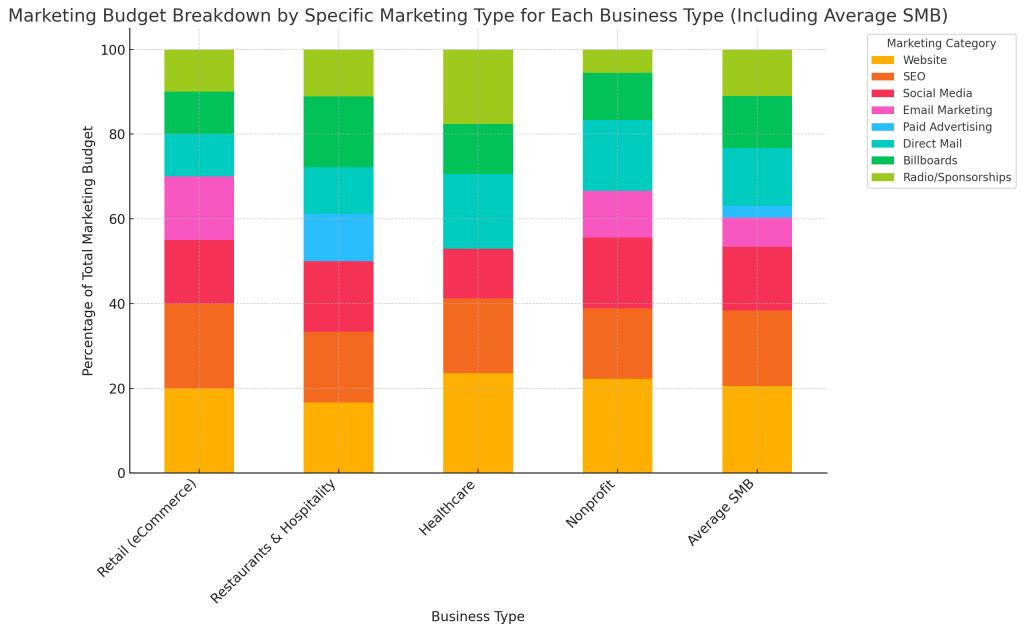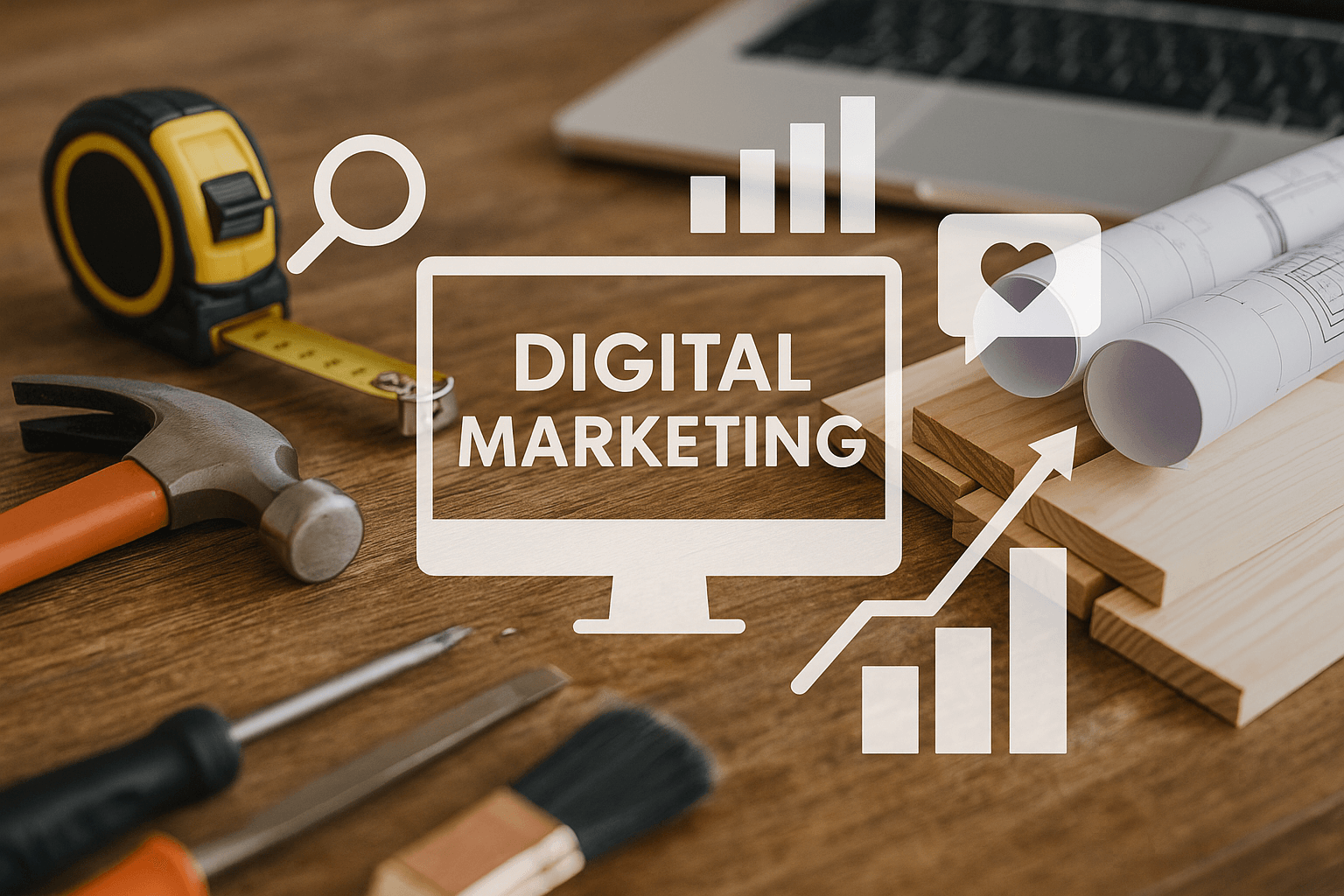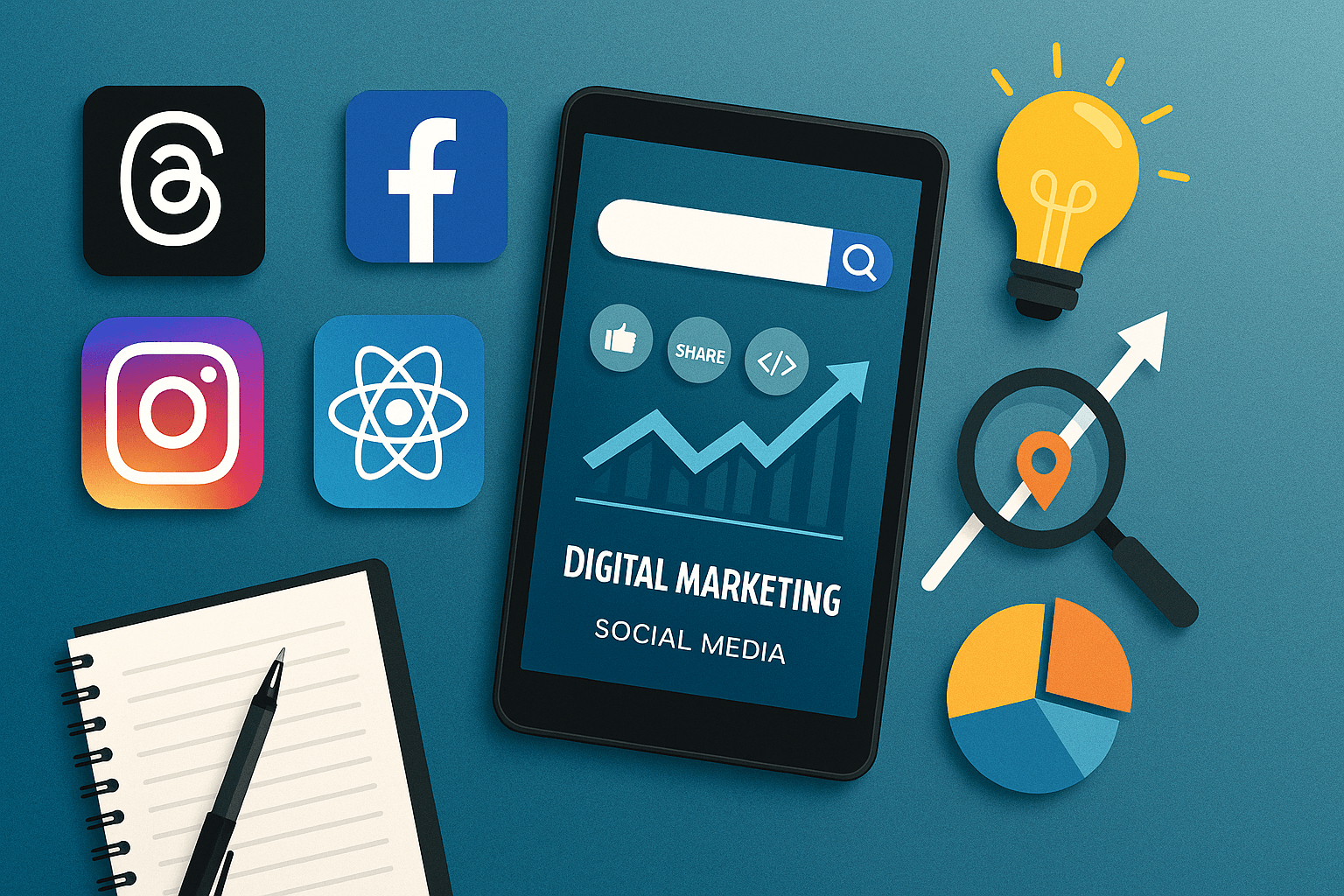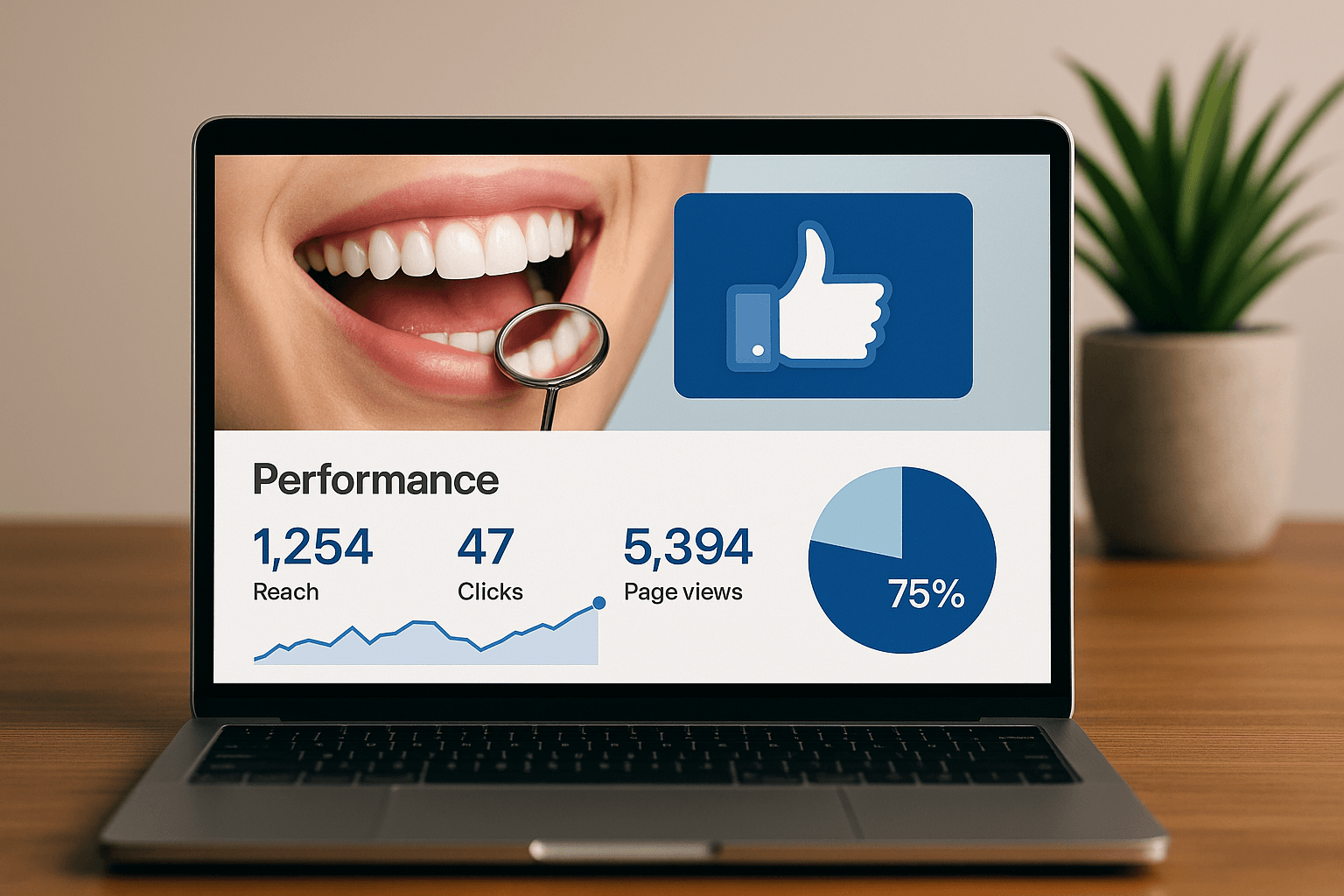Small and medium-sized businesses face a lot of choices when it comes to marketing budget allocation for investments. Should you focus on digital efforts like SEO and social media, or put more budget into traditional channels like billboards and direct mail? And how much is enough? In this guide, we’ll break down how to allocate your marketing budget by business size and industry type, helping you find the best balance for your brand.
Why a Balanced Marketing Budget Allocation Matters
A blend of digital and traditional marketing allows you to reach your audience where they are while building a more recognizable brand. Think of digital marketing as the precision tool that helps you reach specific audiences and track results, and traditional marketing as the broad-reaching strategy that boosts brand awareness and credibility. Combining these two approaches ensures that you can reach, engage, and convert potential customers more effectively.
Let’s look at how to allocate your budget based on the size of your business.
Marketing Budget Allocation by Business Size
Small Businesses (1-10 Employees)
For small businesses, around 7-10% of annual revenue is typically allocated to marketing, with a little more than half often going towards digital efforts.
Digital channels like websites and social media help small businesses establish their online presence and reach local customers. For a small business with limited resources, it’s usually wise to dedicate 20% of the marketing budget to building a responsive website. Platforms like 301 Branding offer affordable ways to launch a polished site.
SEO is the next big priority—about 10-15% of your budget should go here. For small businesses, a solid local SEO strategy, like those recommended in Our Guide to Local SEO, can help you get noticed in search results.
Social media, which brings your brand to life and connects with customers, might take 10-15% of the budget. Platforms like Facebook and Instagram are generally effective for small businesses, especially with local audiences. Lastly, email marketing is a cost-effective way to keep your audience engaged; tools like Mailchimp can help you get started.
On the traditional side, direct mailers are a powerful tool for reaching local customers with targeted offers and promotions. Think about allocating 15-20% of your budget to mailers or postcard campaigns. Billboards and community sponsorships are great ways to increase local awareness, and together they might make up 20-25% of your budget.
Medium-Sized Businesses (11-100 Employees)
As your business grows, your marketing budget allocation will increase and typically accounts for around 6-8% of your revenue. A medium-sized business usually places a strong emphasis on digital, with around 60% of the budget going to online efforts.
With more resources, you can invest 15% in a customized website and branding. This might include using a platform like WordPress for greater flexibility and adding custom features that make the website more engaging.
SEO deserves a bigger focus at this stage—consider allocating 15% of your budget to a mix of local SEO, content marketing, and link-building. For an in-depth look at SEO strategies, check out Our Beginner’s Guide to SEO. Social media and content creation should also make up about 15% of the budget.
Paid ads are another key area. With a budget increase, you can dedicate 10-15% to paid ads, experimenting with PPC, retargeting, and display ads to capture a larger audience. To learn more about PPC ads, check our our PPC Guide.
Traditional channels still play an important role. With 10-15% for billboards, you can build brand awareness in strategic locations, while direct mailers (15%) allow for periodic reminders to local customers. Radio ads and community sponsorships are effective ways to reach local markets and increase credibility, rounding out the budget.
Budgeting by Industry Type
In addition to size, your business type also influences your ideal budget mix. Here’s a look at how different types of businesses might prioritize their marketing spend.
Retail with eCommerce
For retail businesses with eCommerce, 70% of your marketing budget allocation should go toward digital channels. Your website is crucial since it’s where customers will buy products, so dedicating 20% of your budget to a streamlined, fast-loading website is worthwhile.
SEO and paid advertising take another 20% of the budget to capture traffic for product searches. Tools like Ahrefs can help identify profitable keywords to target. Social media (15%) and email marketing (15%) are other important channels, offering ways to showcase products and connect directly with customers through promotions and personalized recommendations.
Traditional marketing rounds out the budget with a focus on direct mail (10%) and billboards (10%) near store locations to drive both online and in-store traffic. Local sponsorships (10%) are also valuable, especially for fostering community loyalty.
Restaurants & Hospitality
For restaurants, it’s ideal to keep around 55% of your marketing budget on digital. Your website should have online reservations, menus, and a user-friendly design, making up about 15% of the budget. Local SEO is also critical—investing 15% to optimize Google My Business and Yelp profiles will help your restaurant appear in local search results.
Social media is invaluable in the restaurant industry; about 15% of your budget should go to platforms like Instagram and Facebook, where you can showcase menu items, daily specials, and events. Paid advertising (10%) on platforms like Google Ads or social media can help reach a broader local audience.
Traditional marketing can still be effective here. Consider allocating 15% to billboards in high-traffic areas, 10% to direct mailers for local promotions, and 10% to radio ads or sponsorships for local events, which help strengthen community connections.
Healthcare
For healthcare businesses, balancing digital and traditional is key, with around 50-60% going to digital. A well-designed website with features like patient portals should take about 15-20% of the budget. SEO (15%) is essential for ranking in local and regional searches, while content marketing (10-15%) can be used to educate and engage patients through blog posts and FAQs.
Social media (10%) helps humanize your practice and build community trust. Billboards, direct mailers, and local sponsorships make up the remaining 40-50%, with each channel supporting local brand awareness.
Nonprofits
Nonprofits benefit from an emphasis on digital (65-70%). A robust website is essential for donations and program information, making up about 20% of the budget. SEO (15%) increases discoverability, while social media and content (15%) build community engagement. Email campaigns (10%) are great for updates and fundraising.
Traditional marketing focuses on direct mail (15%) for donation appeals and newsletters, billboards (10%) for awareness, and sponsorships (10%) for local community connections.
Digital and Traditional Channel Breakdown
Digital Marketing: The website remains your hub, SEO improves visibility, and social media keeps your brand visible and accessible. Email and paid ads round out digital efforts, providing ongoing engagement and reach.
Traditional Marketing: Billboards and direct mailers drive brand awareness in your local area, while radio ads and community sponsorships foster trust and local appeal.

Measuring Success and Adjusting Your Budget
A data-driven approach is essential for managing your budget effectively. Use tools like Google Analytics and Facebook Insights to track digital performance, and consider customer feedback for traditional channels. Reviewing performance quarterly lets you shift budgets based on what’s working best.
In Conclusion
An integrated marketing budget helps you optimize for growth by reaching audiences both online and offline. By aligning your budget with clear goals and monitoring results, small and medium-sized businesses can achieve sustainable success.
Continue Exploring!
Running a home improvement business in Charlotte or around Lake Norman means constant competition for visibility and trust. From remodelers and roofers to painters and [...]
Homeowners in the Queen City turn to their phones when they need help fast—bursts pipes, dead outlets, AC tune-ups, you name it. Strong, consistent social [...]
If you run an orthodontic practice in Charlotte or the Lake Norman area, your competition isn’t just down the street — it’s also online. Parents [...]
Families are constantly searching online for pediatricians they can trust — especially in growing areas like Charlotte and Lake Norman. If your practice isn’t showing [...]
Share This Story, Choose Your Platform!
Propel Your Business with 301 Branding
At 301 Branding, we grasp the unique dynamics of your business. Our digital presence marketing strategies are tailored to highlight your strengths, and build a commanding online presence. Let’s transform how the world sees your business and enhance your path to success.




